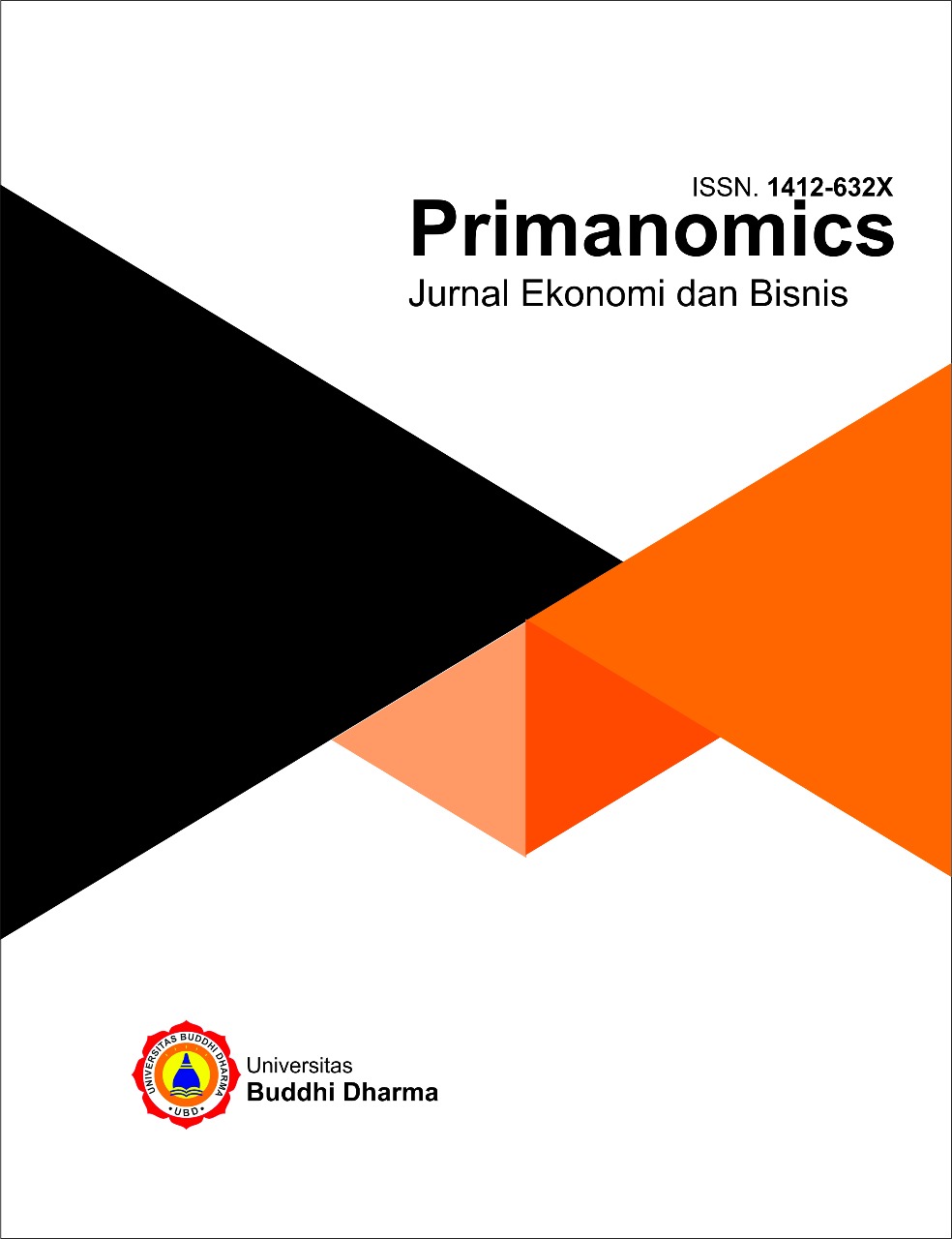Analysis Of The Subsidized Home Ownership Loan (Kpr) Granting Process In Preventing Non-Performing Loans (Case Study At PT. Bank Tabungan Negara Sukabumi Branch Office)
Main Article Content
Abstract
This study analyzes the Subsidized Home Ownership Credit (KPR) Provision Process at PT. Bank Tabungan Negara Sukabumi Branch Office, as a housing solution for Low-Income Communities (MBR). With Indonesia's population reaching 278.7 million, and the minimum wage income in Sukabumi below Rp. 3,500,000, while house prices in Sukabumi range from 166-300 million, the need for affordable housing is increasingly urgent. Bank BTN, as a pioneer in mortgage lending since 1974, provides Housing Financing Liquidity Facility (FLPP) to support MBR. The research background shows an increase in Subsidized KPR distribution in Sukabumi, but also faces challenges such as obstacles in the credit application process and potential non-performing loans. This study aims to explain the Subsidized KPR provision process, the application of 7P principles in credit analysis, and the effectiveness of the Subsidized KPR provision process in preventing non-performing loans. Using qualitative research methods with data collection techniques through observation, interviews, and documentation. The results show that the implementation of the Subsidized KPR provision process complies with established regulations, but there are challenges in educating new potential debtors. The 7P credit analysis principle is applied comprehensively to assess credit application eligibility. The Subsidized KPR provision process demonstrates effectiveness in preventing non-performing loans, although this credit risk cannot be completely eliminated, and the increase in NPL that occurred after the Covid-19 restructuring policy creates new challenges for the bank's financial health.
Downloads
Article Details

This work is licensed under a Creative Commons Attribution-NonCommercial-NoDerivatives 4.0 International License.
 Abstract views: 189
/
Abstract views: 189
/  PDF downloads: 67
PDF downloads: 67
